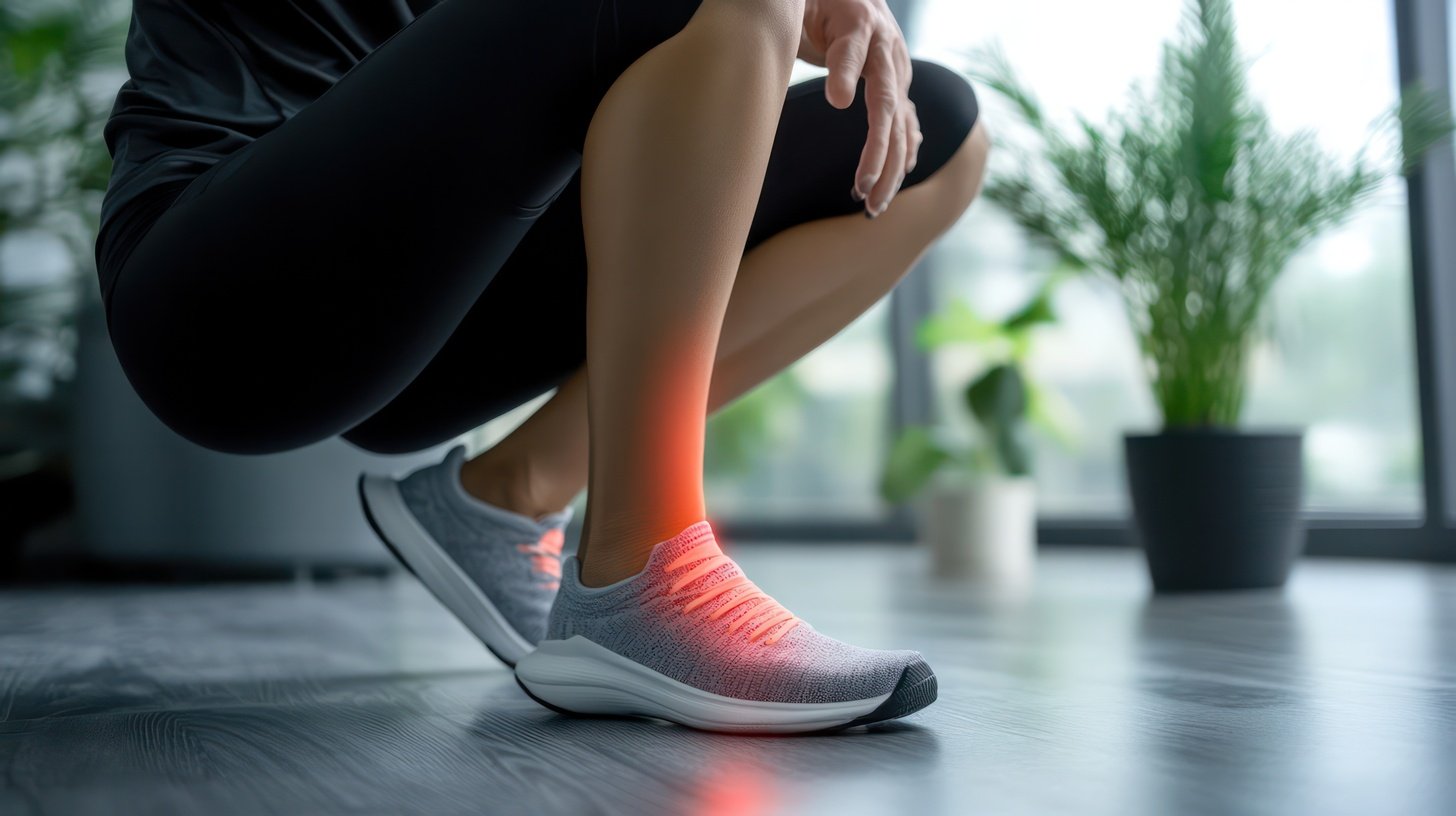Tips for Choosing the Right Shoes for Comfort and Support

Choosing the proper footwear really is crucial when it comes to maintaining healthy and happy feet. The shoes you wear every day make an enormous difference in how you feel when standing, walking, or running. To that end, here are some top tips to consider that will help guide you in finding comfortable shoes that also give your feet adequate support.
Identify Your Arch Type
Determining your arch type is essential for finding the right shoe support and inserts. The experts over at Commonwealth Foot & Ankle say that consulting a podiatrist can help accurately assess whether you have high, normal, or flat arches. The degree of curvature in your arches dictates the kind of footwear that will provide optimal support. A simple wet footprint test, which a podiatrist may recommend, can reveal your arch type. If you see nearly your entire footprint, you likely have flatter feet, while just a thin imprint strip indicates high arches.
Test Shoes for Size and Fit
It sounds obvious, but many people wear improperly sized shoes. Visit shoe stores late in the day when your feet are largest. Bring along your custom inserts if you use them. Try on multiple sizes of the same shoe; sizes vary across brands and styles. The shoes should fit snugly at the heel and toes without rubbing at any spot. Make sure to stand while testing the fit to mimic how your feet spread when they bear weight.
Select Appropriate Footwear for Different Activities
The kind of shoe that works for running errands all day differs greatly from what you need for a run around the park. Athletic shoes offer the flexibility, breathability, stabilization and cushioning necessary for exercise and sports. More structured leather shoes with enclosed toes serve better for occasions requiring lots of standing or walking on flat or uneven terrain. Heels over 2 inches alter posture and increase strain on feet over time.
Evaluate the Shoe Construction
Examine the shoe’s stitching, sole thickness and materials before deciding if it will hold up well or irritate your feet. The most durable shoes have double stitching along the upper, plenty of cushioning under the heel and ball of the foot and nonslip rubber soles. Breathable mesh fabric uppers tend to be cooler for warm weather, while leather makes shoes more waterproof for winter and rain.
Break in New Shoes Slowly
Give your feet a chance to adapt to new shoes to prevent painful blisters, calluses, or cramps. Gradually ease into wearing them for longer periods rather than all day right away. Inserting additional insoles or wearing thick socks can help reduce friction during the break-in phase. If shoes still hurt after a few weeks, more cushion or sizing up may be necessary.
Prioritize Comfort
Shoe aesthetics nor brand name matters if wearing them makes your feet hurt badly. Prioritizing comfort ensures you wear the shoes instead of avoiding them. Features like memory foam inserts, shock absorption at pressure points, and lightweight materials prevent many foot problems when worn routinely. Do not feel pressured to keep uncomfortable shoes just because they were expensive; protecting your feet is priceless.
Conclusion
Take proper time and care when selecting shoes to furnish your feet with comfort and support for years to come. Consider having a podiatrist evaluate your feet’s dimensions and biomechanics more closely. Finding the right balance between fashion and function keeps your feet happy moving you through daily life. With knowledge of your arch type, intended activity, proper fit and signs of wear, you can make educated choices to benefit your foot health.


